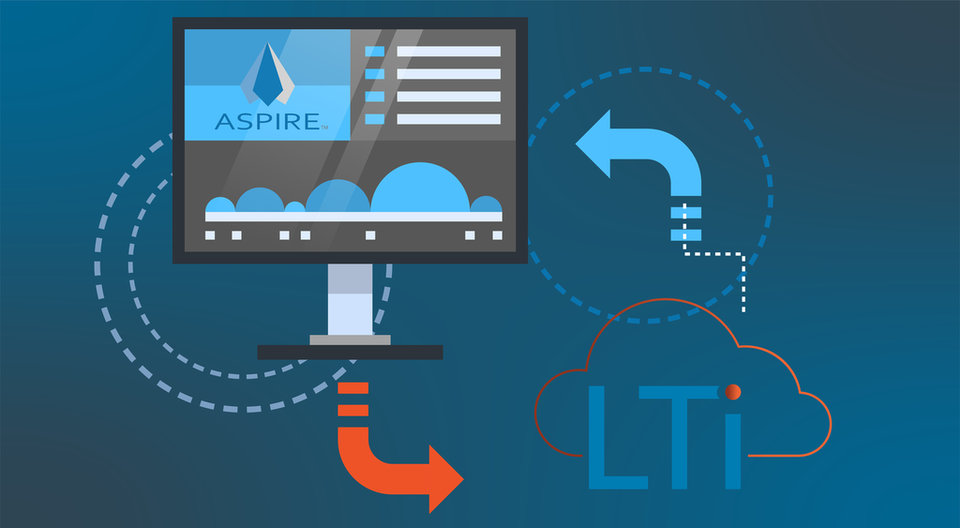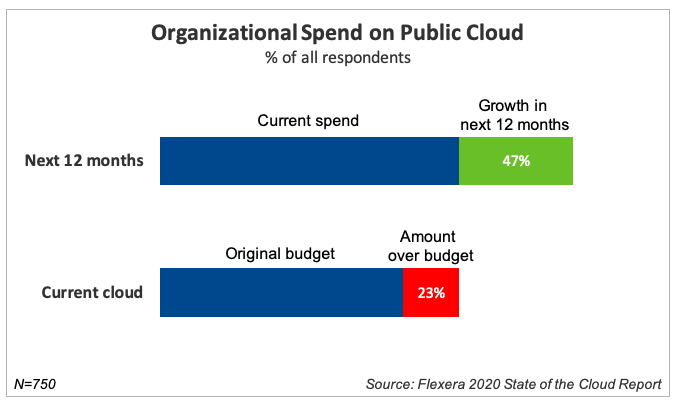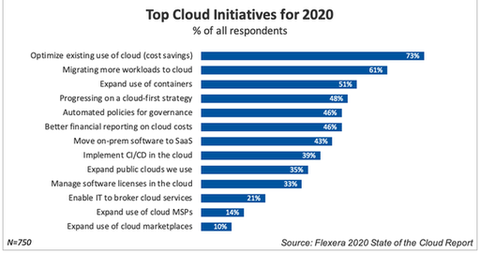THOUGHT LEADERSHIP
Sponsored by LTi Technology Solutions
Moving to the Cloud: The Digital Transformation
The word “cloud” has been a buzzword for many years in the business world. You have most likely heard mentions of moving to the cloud or transforming your business using the cloud.

As cloud technology continues to become widespread, it can play a fundamental role in asset finance companies’ digital transformation efforts. CEOs, CFOs, and other executives may only regard the cloud as primarily an IT opportunity. However, today we discuss how asset finance companies can leverage the cloud’s many advantages to transform their business. In the article, we will examine how different solutions affect the way you interact with the technology you use every day and the benefits of moving to the cloud.

On-Premise vs. Hosted vs. Cloud-Based Solution
As you begin to consider moving your business to the cloud, it is important to understand the three main business technology solutions. These three solutions include on-premise, hosted services, or a cloud-based solution. Each option has its benefits tailored to meet your organisation’s needs. It is important to examine each technology solution to best choose the option specialised for your industry. The asset finance space has several core business processes. These core business processes range from origination, underwriting, documentation, and portfolio management functions such as account management, collections, and termination. Understanding which solution best meets your organisation’s needs will help improve your core business processes.
On-Premise Solution

George Ormsby, Head of SME, First Citizen Finance
First, on-premise software is the most traditional way that most people are used to purchasing and using software. It requires the customer to purchase the entire license upfront. Since the entire software is licensed, it then resides within the customer’s premises. The vendor then installs the software locally on your computers and servers. However, for an on-premise deployment, you are fully responsible for all ongoing costs. These reoccurring costs include managing server hardware, software licenses, maintenance, and technical support of any potential issues that could arise. As a result, an on-premise solution is less scalable and requires large upfront investments for servers.
Hosted Services
Secondly, hosted services are defined as technology services with infrastructure located outside the customer’s physical location. The customer would then have the software installed at a data centre. At the data centre, you would set up the physical or virtualised servers that you own, lease, or finance. You would implement the hosting services solution similarly to how you would an on-premise solution. With a hosting service, the customer would pay a large upfront software payment. The customer would be responsible for payment of the software implementation. The customer is also responsible for an initial provisioning fee from the hosting centre. Other fees the customer is then responsible for include a monthly fee for rent of the hosting centre’s asset.

Benefits of Moving to the Cloud
Ultimately, you should base your decision on your technology solution on what will work best for your business. By understanding the key differences between on-premise and hosted services, we can understand how moving to the cloud will help your business gain efficiency and long-term success.
The simplest definition of the cloud refers to a centralised location on the internet where businesses can store information, run applications, and connect anytime and from anywhere. From helping you run your day-to-day operations more efficiently to growing your business, the cloud offers many benefits. Cloud-based technology is a more modern technology, where businesses can use a subscription model to pay for what you need.

ASPIRE™ Powered by the LTiCloud

George Ormsby, Head of SME, First Citizen Finance
ASPIRE™ powered by the LTiCloud gives you faster implementations, top-level security, reliable disaster recovery, operational agility, and profitable scalability. John Maycock of Propel recently described in a webinar by Asset Finance International, “Our partnership with LTi opens doors to new supply chains and makes products more accessible to customers. For example, a bank that was struggling to process small-ticket loan applications manually has now joined forces with us to offer lending services through Propel’s slick, innovative technology.”
Benefits of a cloud solution such as ASPIRE™ powered by the LTiCloud include:
- Comprehensive Software as a Service (SaaS) solution
- Full origination and portfolio management solutions in one system
- Integrations with third-party vendors
- Ability to support a wide array of asset classes
- Adaptable for all market types and industries
- SOC I & II compliant
- Rigorous security protocols ensure the confidentiality and integrity of your data are always maintained
The cloud allows us to access our e-mail from any device and even affects how we store and access data on our fitness trackers. These daily interactions using cloud technology has simplified our lives and revolutionised the way we communicate and connect with each other. Despite the digital transformation cloud technology has had on our personal lives, the asset finance industry hasn’t uniformly realised the potential benefits of cloud technology.
To learn more about LTi Technology Solutions, visit www.ltisolutions.com
Email Address: robert.murray@firstcitizen.ie
Telephone Number: +353 (0)1 884 6743